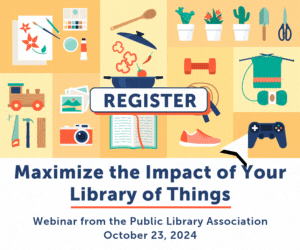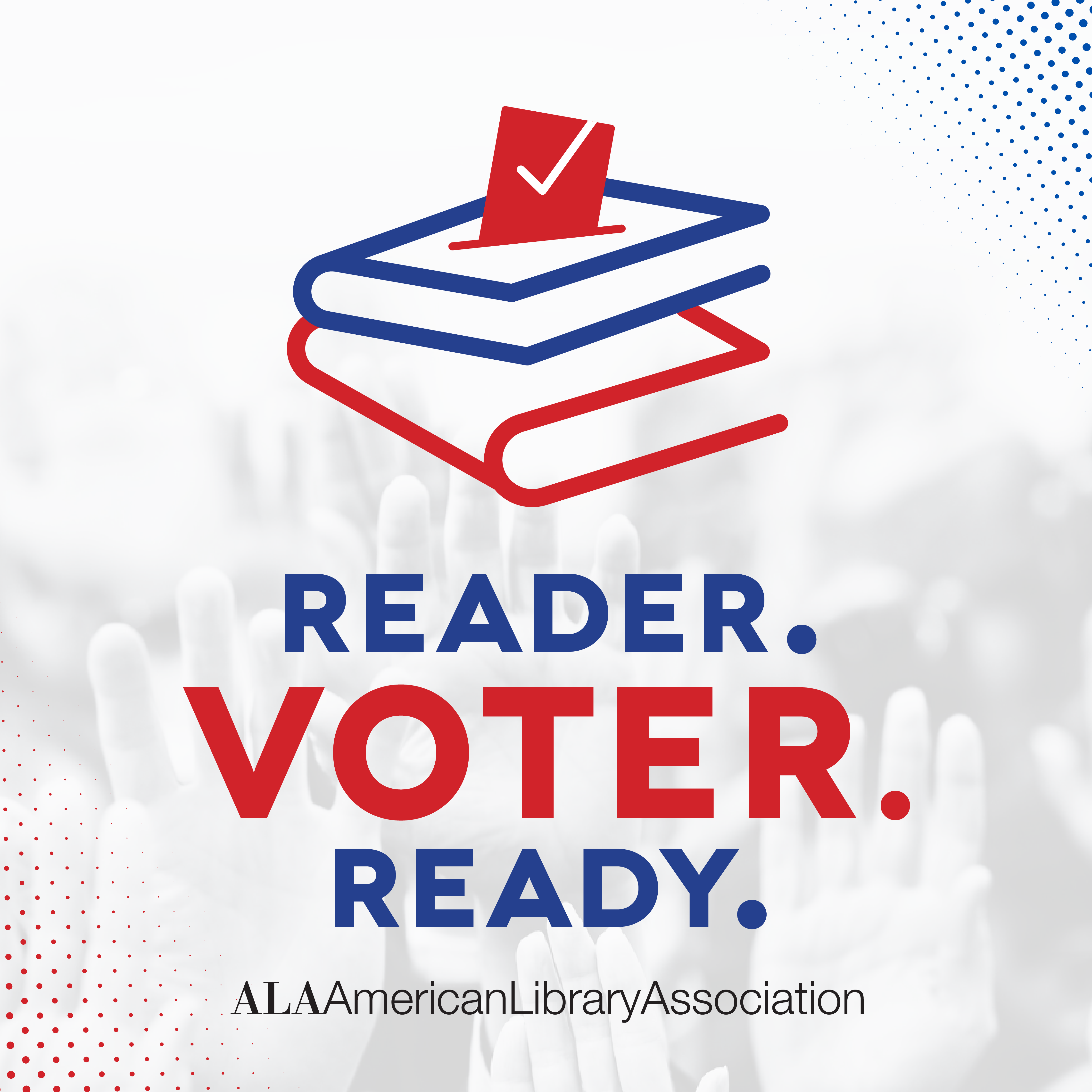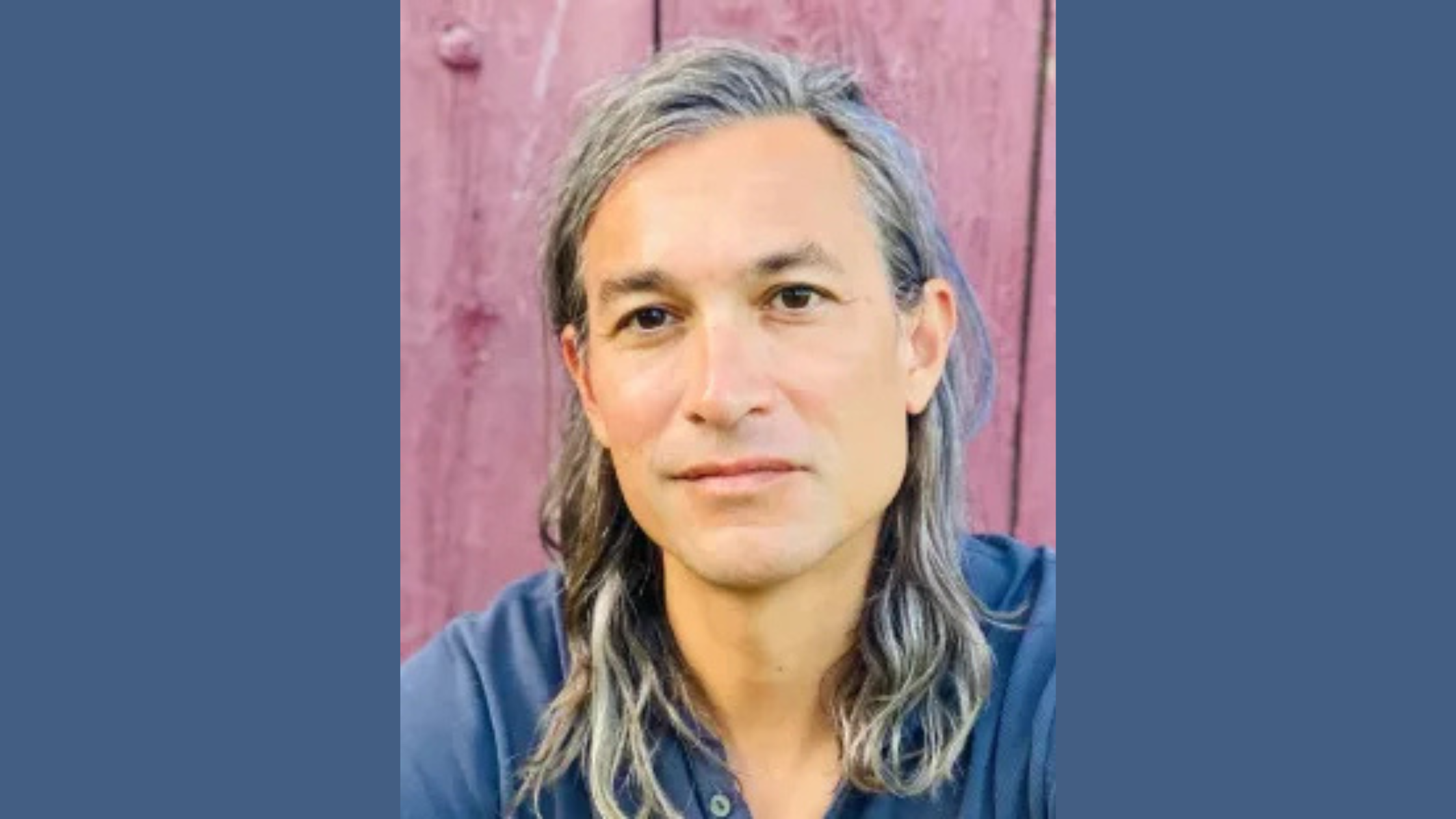FEATURE | Quintuplets and a Barber’s Memory: It’s All Local History to Me!
As a local history librarian, I read with great interest that Cleveland’s Rock and Roll Hall of Fame has been amassing video interviews of music legends for an ongoing oral history project. It is encouraging to learn that they, too, recognize the value of this preservation format in collecting first-person history.
With greater interest, I read further that they recently interviewed four greats together: Chuck Berry, Little Richard, Jerry Lee Lewis, and Fats Domino. But they ran into some difficulty. Little Richard dominated the interview, and they had to tape the other three individually the next day. These museum curators were unaware of the dangers of the multiple-person interview. Less can equal more. Oral histories are most effective when the interviews are one-on-one.
How do I know this, and why is it of interest to me? Over the past ten years at Way Public Library (WPL) in Perrysburg (OH), I have conducted dozens of oral history interviews.
If you consult the March/April 2004 issue of Public Libraries you will find an article explaining our library’s initial experiences with this oral history project. This earlier piece reported the nuts and bolts of conducting interviews, such as preparing questions, technical elements (including taping one person at a time), preserving the finished product, and general marketing of the project. This effort resulted in greater promise than we realized at the time. These interviews were transformed into a local history book.
History Series Sells Itself
When WPL started the Oral History Series in 2002, the objective was to record, on video, the memories of longtime community residents using Perrysburg as a frame of reference. Part of any public library’s mission is to provide and preserve information unique to the area it serves. WPL began to contact residents and request interviews. Sometimes it took persuasion, other times not. People will talk. After the interview, with the participant’s approval, these videos were added to the local history collection.
True stories can be fascinating. With the interviewees’ permission, we began to share them with the community in print form as well. The tapes were transcribed, excerpted, and submitted to our local newspaper, the Perrysburg Messenger Journal. They struck a chord. Readers enjoyed the stories, and the project was able to advertise itself, inspiring others to come forward to record their memories. This led to transcribing full interviews and writing more comprehensive stories. This went on for many years, resulting in a stack of oral history tales.
Important to the oral history project was the opportunity to collect town and family photographs. I encouraged the interviewees to bring in any photos, as well as scrapbooks, clippings, letters, journals, or diaries. I copied or scanned everything I could get my hands on. Photos kindle people’s memories, and they would often hold and describe the pictures on camera. Borrowing and copying these photographs was also an economical way to build the local history collection. Over the years, hundreds of photographs were collected, many now accessible through our library’s website.
The level of detail in many people’s journals was surprising. For example, one woman consulted her journal of a road trip she took with her husband in the 1930s. They went to Canada to see (from a distance) the then–world famous Dionne Quintuplets. She had a record of each day: what they saw, where they roomed, what they ate, and how much money things cost. (The opera glasses were fifty cents, by the way.) There is no better history than a record of this type.
Another written record included a complete customer list from a retired barber. He reflected on the names, which included many prominent and well-known village figures—many now passed—and fondly reminisced about them from his unique viewpoint. People leave more than their hair at the barbershop.
Transcribing Stories, Selecting Pictures
Eventually, it fell into place to collect these stories into a book. I remembered that Ardath Danford, who was the director of WPL in 1966 at the time of our city’s sesquicentennial, had written a book called The Perrysburg Story, bringing our then–150-year history to life. I even visited her in retirement at her out-of-town home to tape her unique and important input. In like manner, our city’s bicentennial was approaching. As local history librarian, I thought WPL could again play an instrumental role in 2016 as we marked that great moment in our community.
I had interviewed a cross-section of people from our village over the years from many walks of life, all rich in local color. It didn’t hurt that I was a fifth-generation local myself. I had the advantage of knowing many people, and they knew me, trusting me with their words, some even inviting me to their homes to tape them and show me their scrapbooks or family photo albums. It may have been bad manners, but on occasion I even managed to persuade people to loan pictures displayed on a bureau or hanging from a wall. Perrysburg’s first municipal judge, who I interviewed for the series and who would later write the book’s foreword, told me, “Richard, you are in the ideal position to do this project,” a point which further motivated me.
Oral histories came from hometown business owners, doctors, lawyers, realtors, and bankers. There were police officers, firefighters, educators, city and factory workers, and mothers who raised families. There were twenty-one World War II veterans, and their military experiences became part of many stories. I also interviewed representatives of local and civic groups such as a garden club, a boat club, and a board that led organized teenage recreation. And there were my favorite interviewees, the farmers. Even though I never lived on a farm, I enjoyed the Depression-era growing-up-on-a-farm stories the best.
In 2011, I started reviewing these videos one by one. I had transferred the early ones, originally recorded on VHS, to DVD some time earlier, so I was able to view them conveniently on a computer. All were interesting. Some people were livelier, some people told a better story, and others had better photographs. And photos were important. Although this was not a picture book, I still planned to enhance the book with photographs, and finding the best ones was challenging.
The photos ranged from the 1800s to the mid-twentieth century. Many were casual family photographs shot with Brownies or other inexpensive box cameras popular at the time. The subjects in the snapshots always seemed small. You couldn’t see faces well. To me, faces make the image. Many were not usable for book purposes. Baby, childhood, church, school, or wedding pictures were the best, as most were professionally shot. Service photos were also generally shot professionally and usually in portrait style, highly suitable for book purposes and fitting for stories featuring a veteran.
I vowed not to rush and meticulously worked through each interview. Transcribing is tedious work. I had other library duties in the meantime. But I began to believe in the value of the project and made the time, often on my own. Sometimes I would contact the person I was reviewing, reveal the book plan, and let them read what I wrote. I was able to incorporate new material, correct errors, and sometimes get additional photographs. This revision process led to much improvement.
By 2012, I had fifty of the most promising interviews written. I say written, but what I actually did was write down what the person said and organize the account into a readable manner, although I did not tinker with dialogue. I always made sure to put names in whenever I could. People like to read names, because they color the stories with real life. I limited each story to 1,600–2,000 words. I kept paragraphs short so they were pleasing to the eye while creating a sense of action. Although my voice was present, I kept it soft and succinct. I connected passages, inserted occasional personal observations for clarity, and periodically added a historical grace note to introduce or round out a particular tale or account.
Like with interviewing, I found that less is more when it comes to writing. I interviewed two farmers who had been lifelong friends, and they insisted on being recorded together. When it came time to write their chapter, I couldn’t get their stories to gel. It finally struck me to organize their stories separately, and that did the trick. These are things you learn as you go along. Even though they were recorded together, they made two separate crackerjack chapters in the book.
I selected the photographs carefully. Some were cautiously cropped so as not to damage historical integrity of the image and all were retouched to be as clean and bright as possible. Efforts were made during the layout process to enlarge those photos that featured smaller images. Content was identified and carefully captioned, making note of the year the photograph was taken or as close as it could be determined. History does not make sense without dates.
The photos were grouped together at the end of each story. I thought it would make browsing more emphatic than interspersed images throughout the text. There was always one contemporary photo of the person, often amusing for comparison with younger versions of the same. And you could see them on the same or opposite page.
Money, Money, Money
So how do you convert these elements into an actual book? Writing is easy, raising money to publish a book, less easy. I wrote the whole thing on speculation and faith. I put together a prototype, assembled inexpensively by one of the big-box office stores. I showed it to Perrysburg’s mayor and he realized its historical implications. He agreed with me that the book could play a complementary role in our city’s approaching bicentennial, perhaps even providing a focal point. With great foresight, he provided seed money from the city’s Municipal Development Fund, an account used for miscellaneous city expenditures, including historical purposes. Your public library’s city or town may have a similar fund.
Next, the Way Public Library Foundation & Friends (WPLFF) was approached. It was founded by a group of citizens who understood that a strong public library does not live by public funding alone. The foundation’s role is to advocate for library services and facilitate private donations for WPL use. The board was enthusiastic from the outset and declared their support.
Once initial funding was secured, we needed to determine printing costs. With help from our local newspaper, the Perrysburg Messenger Journal, a company was located. The company estimated it would cost about $25,000 to print one thousand copies. So far, there was start-up money from the City of Perrysburg and other financial support from the WPLFF but other fundraising would be necessary.
Enter DAR and Other Contributors
In early 2013, the Fort Industry Chapter, Daughters of the American Revolution (DAR) from nearby Toledo presented me with the group’s Local Media Award for WPL’s oral history project. It proved to be divine intervention. I told them of my project to transpose these interviews to print. Officials of the group realized it had tremendous potential for a historic preservation grant offered by the Na tional Society Daughters of the American Revolution (NSDAR).
The NSDAR grants program was started in 2010. Funding is awarded to support projects in local communities which exemplify the organization’s mission areas of historic preservation, education, and patriotism. Fifty are awarded each year. Public libraries are sitting in the catbird seat for this type of grant.
With the help of these DAR officials, we submitted an application for a historic preservation grant to the Special Grants Committee of the NSDAR in December 2013. In 2014, we were elated to hear that we had won a $10,000 matching grant to publish the book of local interviews, now titled Perrysburg Village Voices: Hometown Stories of the Past, and subtitled Celebrating Perrysburg’s Bicentennial 1816–2016. It later turned out that it was the only grant awarded by the NSDAR in Ohio in 2014, and the largest donation received for the book’s publication. Quite a distinction for the Fort Industry Chapter DAR, the Ohio Society DAR, and WPL.
Fundraising gained traction. Along the way I had interviewed the Country Garden Club of Perrysburg, and their story had been included in the book. They provided a generous donation. Another civic group, Historic Perrysburg, also contributed. There were many military veterans in the book; Perrysburg Post 28 American Legion and VFW Post 6170 made donations. The First Federal Bank of the Midwest of Perrysburg added money to the cause.
Private benefactors came forward. Some were individuals who were in the book or who had family in it. And there were others who simply thought this local history book would be a huge boon for our community. Our grant match was made and then some. In fact, we had to close fundraising, facilitated by WPLFF, having reached our goal of $25,000. Not a bad problem to have, but in all modesty, that is Perrysburg.
The Rest of the Story
In the spring of 2014, the book was proofread. By mid-summer 2014 the page designer took over. Using Adobe InDesign, the book’s 204 pages with 175 photographs were assembled. The liaison with the printer was the Perrysburg Messenger Journal, whose graphic artist insured all file content was compatible for the printing process.
The City of Perrysburg’s computer systems administrator contributed to the dust jacket, a clever design of old and new Perrysburg city maps blended together, also with a black and gold color scheme.
By July 2015 the book was finalized. All that was left was to print the books and ship them to us. The one thousand books arrived at the end of July.
A book prerelease party was held at WPL for those interviewed in the book and their families. Benefactors were also invited. It was a huge success, drawing 250 people, including past and present city mayors. Many Fort Industry Chapter DAR members were also in attendance. There was speechmaking and much socializing. At least three hundred books went out the door.
The general release of Village Voices was held at Perrysburg’s Harrison Rally Day, an annual festival commemorating William Henry Harrison’s victory at nearby Fort Meigs in the War of 1812. The city holds a huge street fair. Nearly one hundred books were sold at the WPLFF display booth. It was the perfect prelude to our bicentennial. More books were sold at WPL and other local venues, as well as online from the WPLFF website.
Time has passed since this project began. Some of the individuals who participated in these oral histories are no longer with us but forever suspended in time, just as they were when their voices were recorded and their minds alive with memories. Preserving the past and making it live is a lovely task.
Being a “local” local history librarian worked to my advantage, but any public librarian could do this, too. Public libraries are ideal platforms for creating historical works. These archives will add cultural enrichment and prove useful and interesting to a wide variety of patrons. What I did, you can do at your public library, too.
Tags: historical research, library local history collections, local history, local history collections









